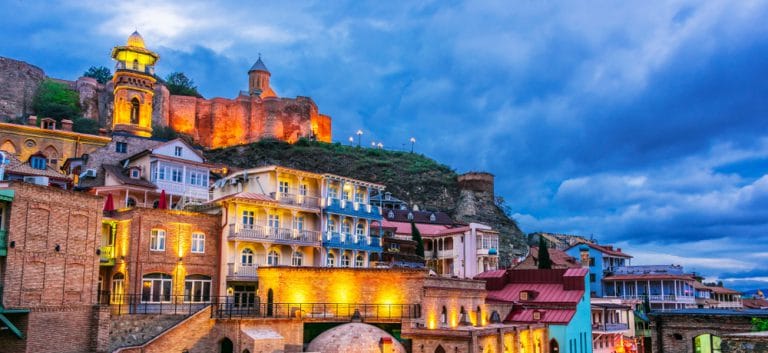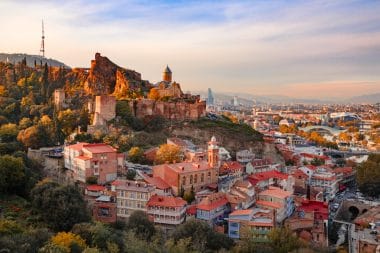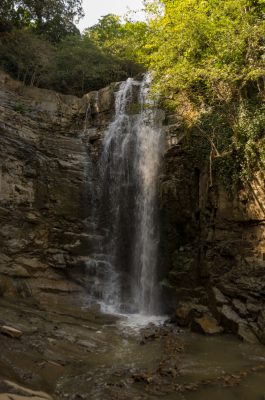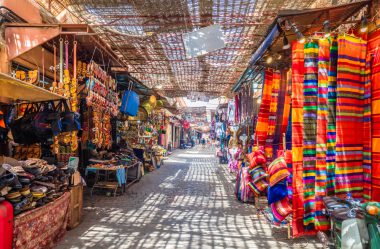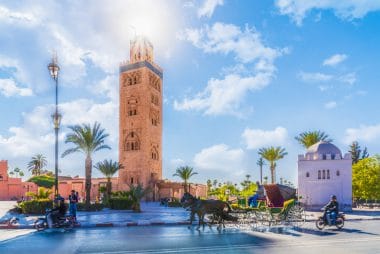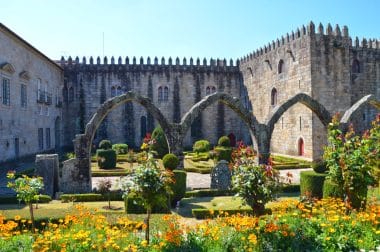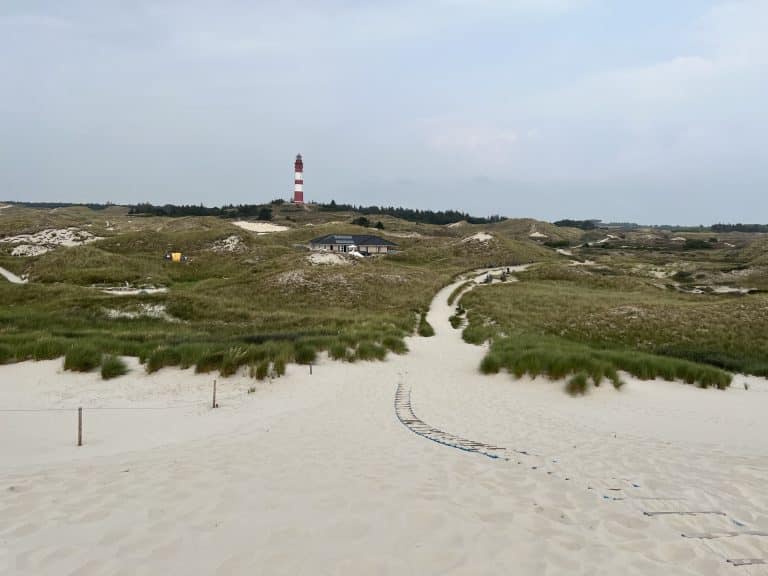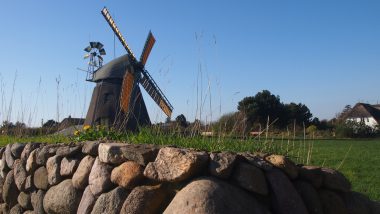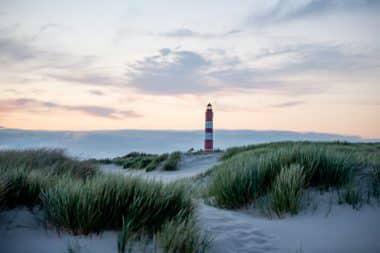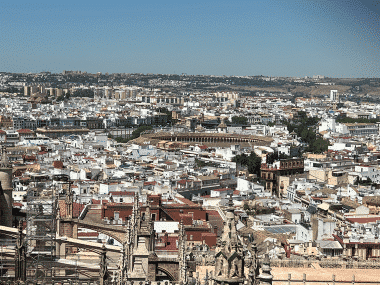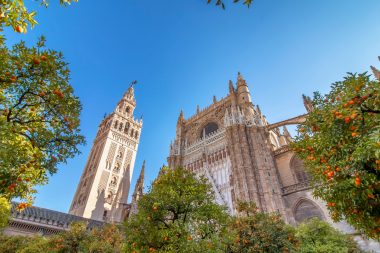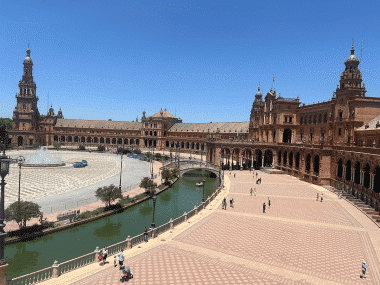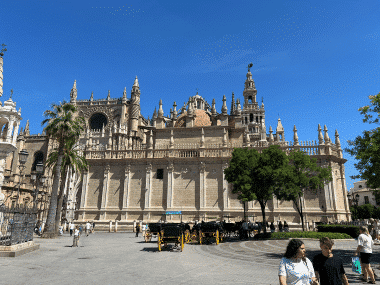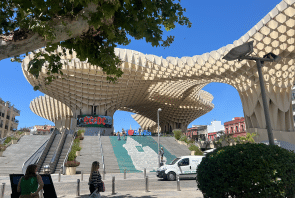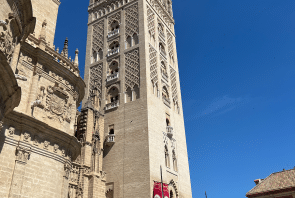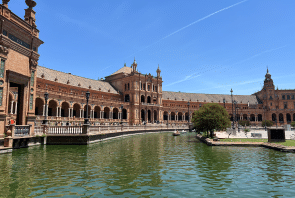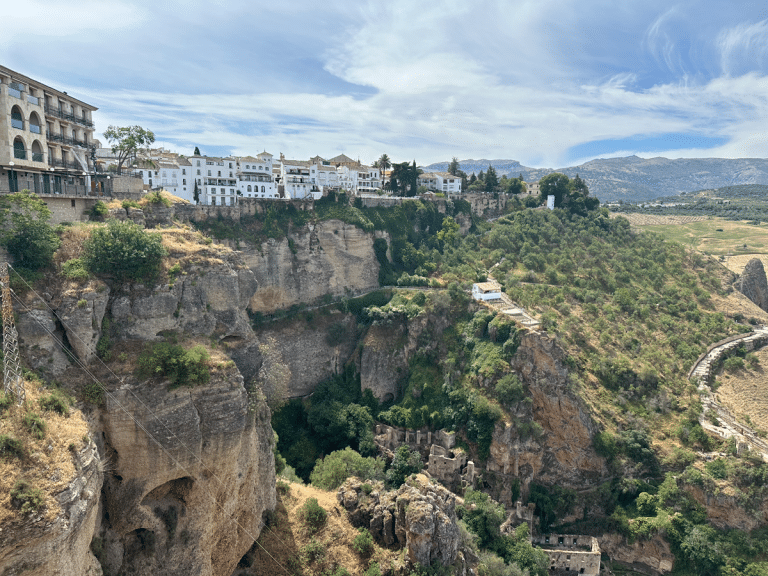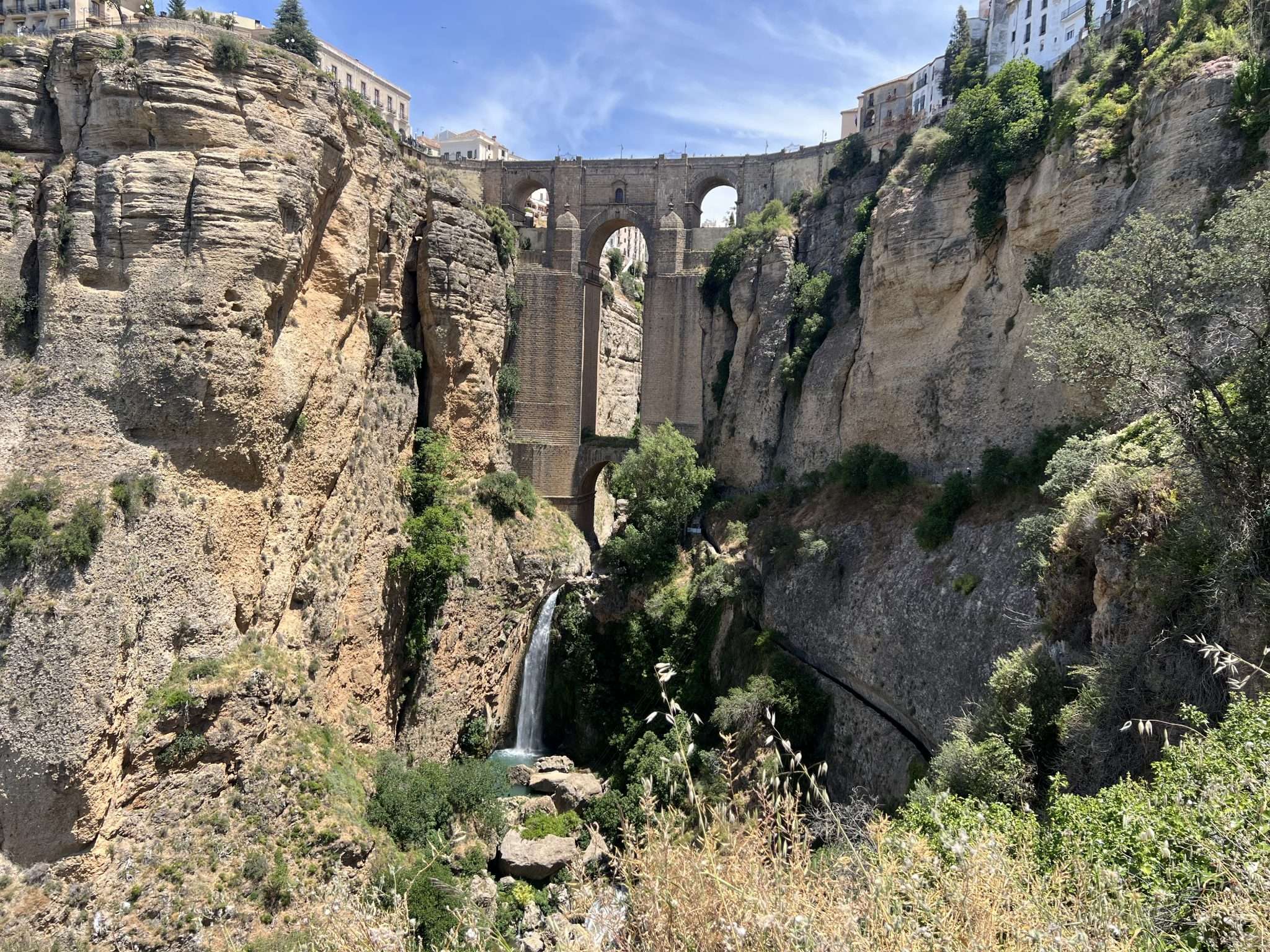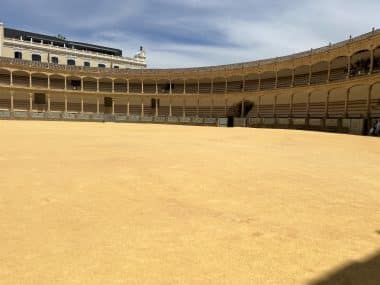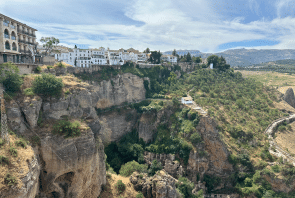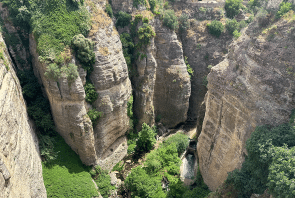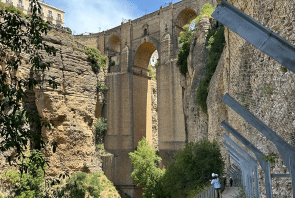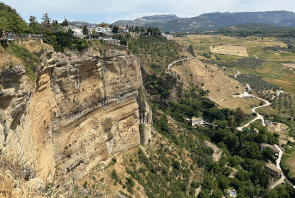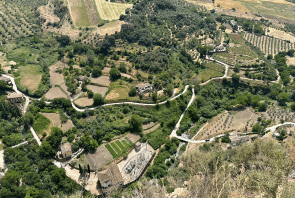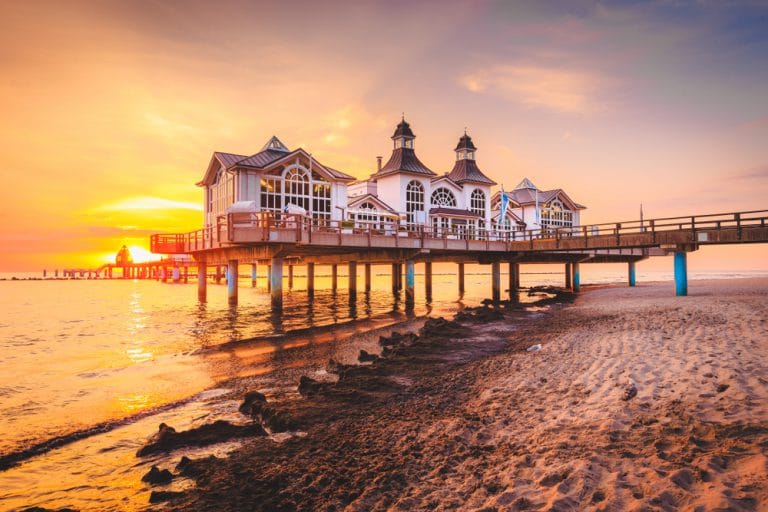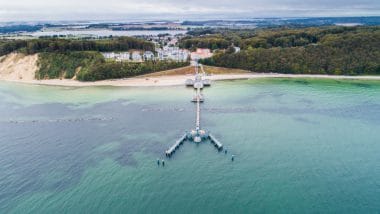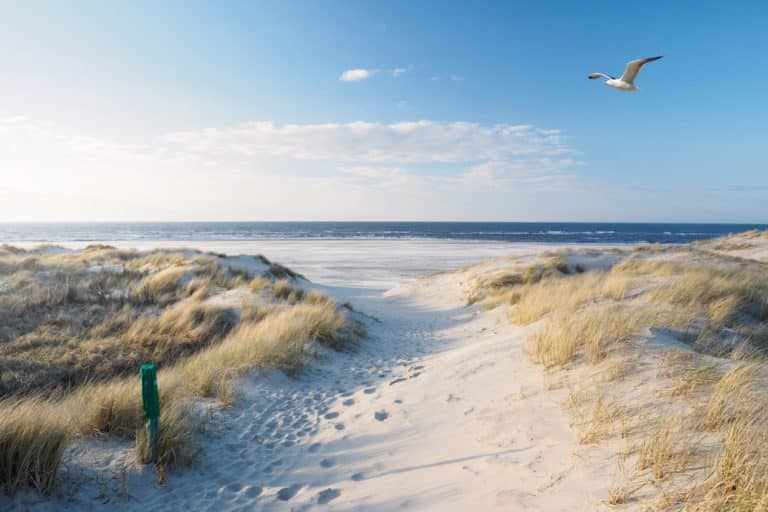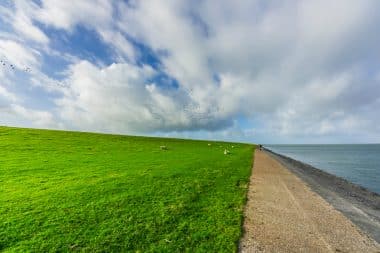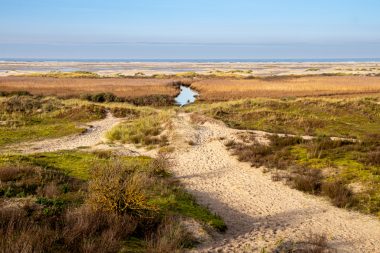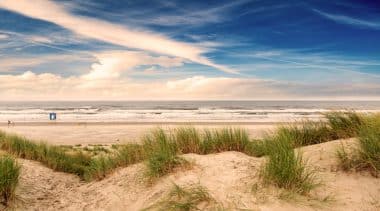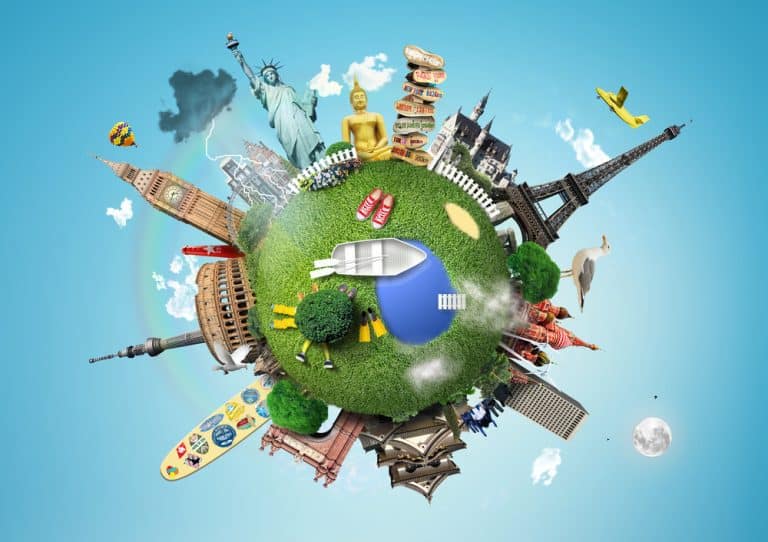Gabon offers nature lovers a spectacular variety of wildlife in its dense rainforests and open savannah. The impressive twelve percent of the country that has been declared a national park make this destination a true Garden of Eden. The beautiful white sandy beaches, rushing rivers and adventurous landscapes make this part of Africa , which is in many parts unexplored, an extraordinary travel experience.
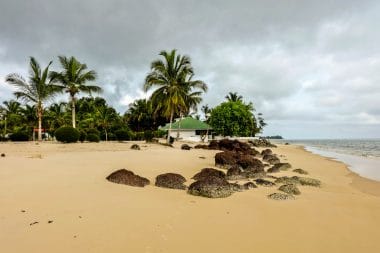
Gabon is one of the most progressive and friendly destinations in the region. The country offers a variety of attractive sights and a lively capital that best conveys the warmth of the culture of the Gabonese people. But even outside the cosmopolitan centers of Libreville and Port-Gentil, Gabon offers an undiscovered wonderland that should not be missed.
How to get there
Léon M’ba International Airport in Libreville is currently the only international airport. Gabon does not own a national airline, but Air France, Lufthansa, Turkish Airlines and South African Airways offer regular flights to Libreville. In this way, tourists from all over the world can comfortably get from Paris, Frankfurt, Istanbul or Johannesburg to Libreville. A flight from Frankfurt to Libreville takes about 7 hours and 15 minutes.
Welcome to Libreville, the capital of Gabon!

Libreville is the blooming idyll and beating heart of Gabon. The country’s largest city is home to more than a third of Gabon’s population. The beautiful city charms with clean streets, culinary restaurants, huge mansions and lively street markets. It hides treasures of art and cultural history, and the tropical climate offers summer temperatures of around 30 °C all year round.
The most beautiful sights in Gabon
Gabon is especially known for the magnificent national parks with the paradisiacal coasts, rainforests, rivers and savannahs. In this almost untouched piece of land, countless wild animals live in their natural habitat, surrounded by a fairytale flora. The unique nature parks are easy to reach thanks to the country’s infrastructure and friendly guides. Brave adventurers can also discover the country independently off the beaten track. But be careful! This can become a challenge in Gabon due to waiting times, infrequent flights, and terrible roads in the rainy season.
Animals that can be spotted in the country’s mangroves, savannahs, and rainforests:
- Elephants
- Gorillas
- Buffalo
- countless different species of monkeys
- Antelope
- Tortoises
- Crocodiles
- Hippos
- Birds
- Butterflies
- rare insect species
Popular tourist attractions in Gabon
Lopé National Park
Insider tip: Max Planck Institute for Evolutionary Anthropology
The researchers of this institute work closely with the national parks and offer an unforgettable experience to small groups. They allow a group to visit wild gorillas in the forests of Loango. The trips include a boat trip to the research site, from where the group goes in search of the gorillas with the help of locals. The opportunity to participate in this incredible trip is only available twice a week and usually lasts two hours.
It is not for nothing that the piece of land known as the “Laboratory of Heaven” was declared a UNESCO World Heritage Site in 2007.
Lake Zilé in Lambaréné
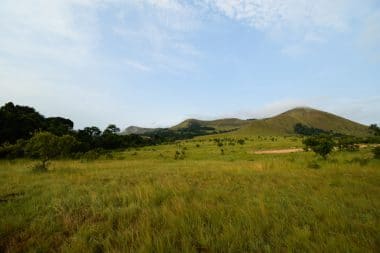
Surrounded by dense rainforest, the beautiful Lake Zilé is dotted with over thirty small islands. It is home to a lot of beautiful birds and wildlife. The lake offers the perfect opportunity for a relaxing boat trip, on which you may be lucky enough to spot a hippo or two. A typical tour usually includes a visit to the Albert Schweitzer Hospital, which plays an important role in the Gabonese healthcare system.
The Fernan Vaz Lagoon in Omboué
Located in the Ogooué-Maritime province of Gabon, the town of Omboué is a quaint little port town. It is the gateway to three fantastic sights, including Fernan Vaz Lagoon, Evengué and Loango National Park. The beautiful lagoon, also known as Nkomi, is home to crocodiles, hippos and a variety of exotic fish. It is a popular destination for pilgrims from all over the world and is the site of the Mission Sainte Anne with the bamboo church designed by Gustav Eiffel.
The culinary world of Gabon
The culinary arts of the Central African state are characterized by cassava, rice and yams. These are combined with fish and seafood as well as tropical fruits. The Gabonese national dish is nyembwe, which consists of chicken with a sauce made from the fruit of the oil palm. In the country’s metropolises, the culinary world is predominantly French.
Particularly noteworthy at this point is the delicious Coupé Coupé. A beef cooked in a stone oven at a low temperature, which is served thinly sliced in a fresh baguette. Kitchens of locals, especially in backyards, inspire with extravagant and tasty specialties.
L’Odika – a great restaurant in Libreville!
This charming colonial-style restaurant is located in the heart of Libreville and offers fantastic views of the sea. The chefs of this establishment delight with artfully prepared dishes. Particularly popular are the beef ndolé (a Cameroonian dish with peanuts, spices and ndolé bitter leaves), colombo du porc (lightly spiced Mauritian pork dish) or light seafood bruschetta with spicy sauces.
Holidays in Gabon: Important information
Important telephone numbers
- Police: 1730
- Fire brigade: 18
- Ambulance service: 1300
- General emergency: 112
- Embassy of Germany in Libreville: +241 01 74 01 28
Supermarkets
- Mbolo: Avenue du Colonel Parant, Libreville
- Prix Import: Boulevard Triomphal, Libreville
- Géant CKdo: Boulevard Léon Mba, Libreville
- Carrefour Market: Various locations in Libreville
Doctors in the most important places
- Libreville:
- Dr. Sylvie Tchibindat: Hôpital de Libreville, +241 01 74 35 10
- Dr. Jean-Claude Koumba: Polyclinique Chambrier, +241 01 72 15 16
- Port-Gentil:
- Dr. Maurice Nguema: Centre Médico-Social, +241 07 22 10 55
- Dr. Clarisse Boussougou: Clinique El Rapha, +241 01 55 36 02
- Franceville:
- Dr. Vincent Ndong: Hôpital Amissa Bongo, +241 06 00 55 00
- Dr. Anne-Marie Nguema: Centre de Santé Franceville, +241 02 27 00 33
Important words with translation
- Hello – Bonjour
- Thank you – Merci
- Please – S’il vous plaît
- Yes – Oui
- No – Non
- Sorry – Pardon
- Where is…? – Où est…?
- How much does it cost…? – Combien ça coûte…?
- Emergency – Urgence
- Doctor – Médecin
- Hospital – Hôpital
Holidays
- New Year’s Day: January 1
- Labour Day: 1 May
- Independence Day: August 17
- Christmas: December 25
- Good Friday: variable (March/April)
- Easter Monday: variable (March/April)
- Whit Monday: variable (May/June)
- All Saints’ Day: November 1
Opening hours
- Shops: Usually open Monday to Saturday from 8:00 a.m. to 8:00 p.m., some also open on Sundays.
- Supermarkets: Usually daily from 8:00 a.m. to 9:00 p.m.
- Restaurants: Lunch from 12:00 to 14:30, dinner from 19:00 to 22:30.
- Banks: Monday to Friday from 8:00 a.m. to 3:00 p.m.
Airport
- Libreville International Airport (LBV): Gabon’s main airport, about 11 km northwest of Libreville
- Port-Gentil International Airport (POG): Second busiest airport, close to Port-Gentil
NUDISM
- Not common: There are no official nudist beaches or facilities in Gabon. Nudism is not practiced and could be considered offensive.
Post / Stamps
- Post offices: In all major cities and towns. Main post office in Libreville. Opening hours: Monday to Friday from 8:00 a.m. to 3:00 p.m.
- Stamps: Available at post offices and kiosks.
- Costs for letters and postcards to Germany: Standard letter up to 20g: approx. 1,500 XAF; Postcard: approx. 1,000 XAF
Safety
- Crime: Gabon is relatively safe, but as in any city, you should be attentive. Beware of pickpockets in crowds and markets.
- Emergency number: 112 (general)
Current
- Voltage: 220 Volts
- Sockets: Type C and Type E. Adapters for European plugs are not required.
Tip
- Restaurants: 10% of the invoice amount
- Taxis: Round up the amount
- Hotels: 1-2 EUR per day for cleaning staff
Customs
- Allowances: Personal belongings are duty-free.
- Alcohol: Maximum 1 liter of spirits or 2 liters of wine.
- Tobacco: 200 cigarettes or 50 cigars or 250g of tobacco.
- Other items: Value up to 500,000 XAF duty-free.



